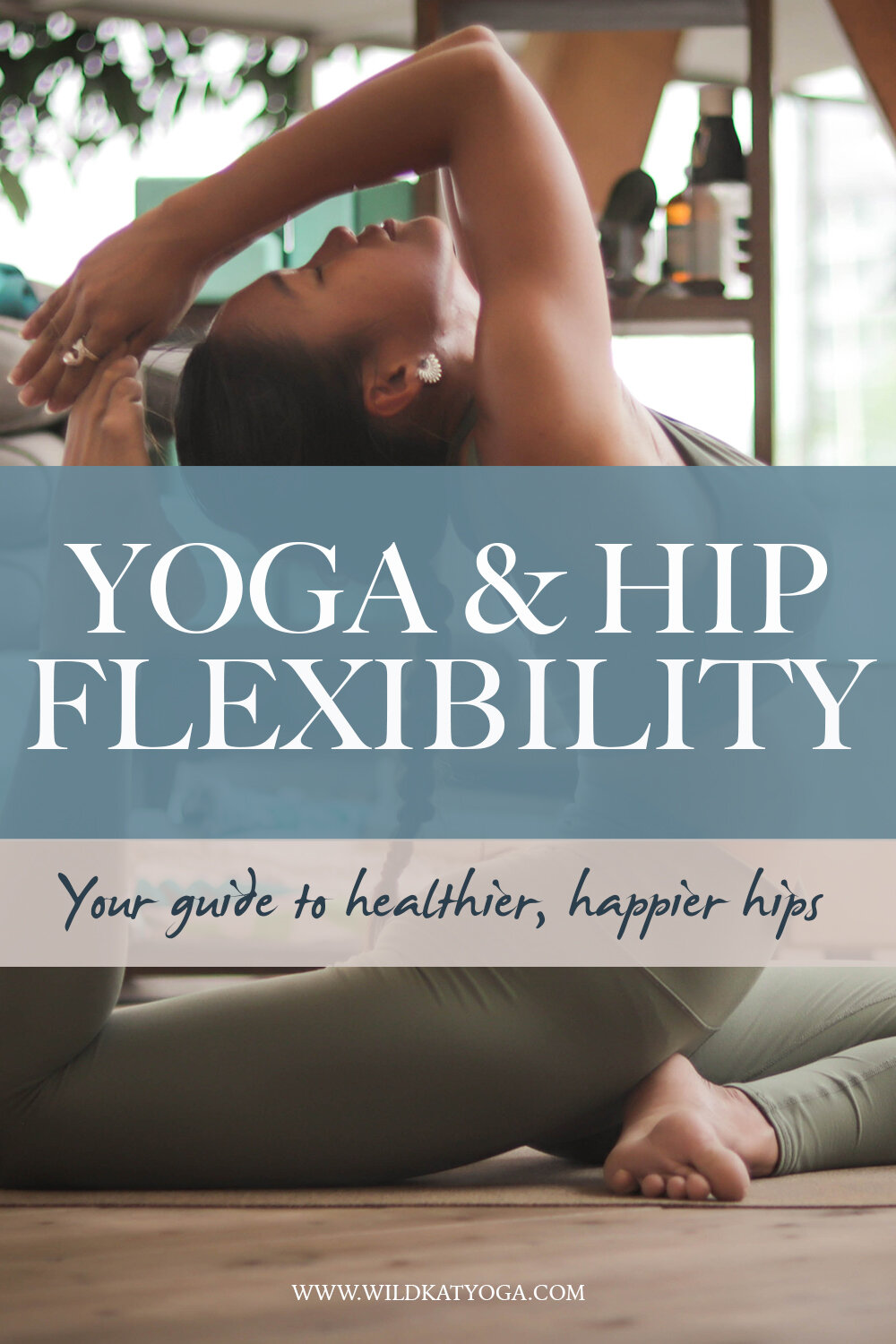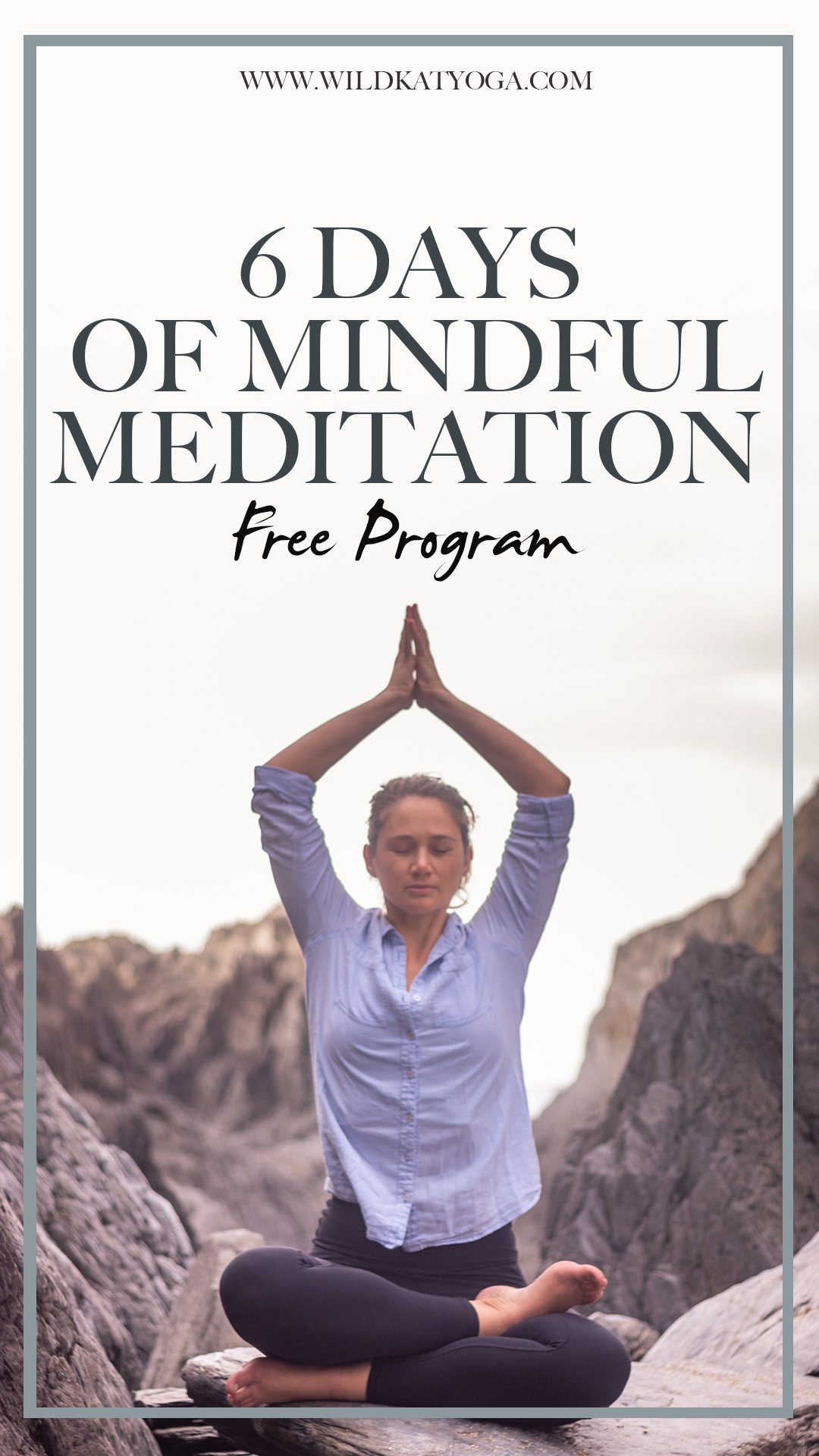Yoga and Hip Flexibility
Tight hips? You’re not alone. In fact my hip flexibility videos on YouTube (I’ll link these at the bottom of this post) get a lot of love, and with good reason too - a lot of us are struggling with hip pain due to either a lack of mobility in the hips, or too much mobility in the hips (yes, this is a thing too).
NB. This blog post contains affiliate links, which means that if you make a purchase through some of the links I provide I can earn a small commission at no cost to you. Thanks for your support.
Why are your hips so tight?
Well, that depends who’s asking. Women have naturally more open hips - we’re just made that way because our bodies are designed to carry babies but men don’t have this need and so tend to have more stable hips. So, at the crux of it, whether or not you can sit on the floor with your legs crossed is largely down to genetics. But there are a number of other factors at play here too:
Your lifestyle: if you’re someone who tends to spend your days sat at a desk, or in a car and your activities are sports like running or cycling then your lifestyle itself doesn’t require, and therefore encourage, open hips.
Your culture: some cultures spend hours on end sat down on the floor or in a squatting position, and it’s these cultures that will produce people with a larger range of motion in their hips. A western culture is based on sitting at chairs and standing with our legs together, so westerners usually have a lesser range of motion.
The structure of your bones: on an individual level (not just women and men) the structure of our bones, ligaments and muscles varies hugely. Take a look at these two hips below - notice that the depth of the acetabulum (the hip socket) is much deeper in the bones on the left than the right, which means that the woman on the right will be much more likely to sit cross-legged comfortably, than the woman on the left. That’s just one working part - then we’ll have to consider the muscles, ligaments and skin. All of which contribute to managing our range of motion.
Image provided by Paul Grilley
How to improve hip flexibility
Our bodies are very clever and they will change their function according your need. If your daily life requires stability (for sitting, standing and running) then your body will prioritise stabilising muscles. So a quick and easy way to start improving your hip flexibility is by simply needing it - starting swimming breast stroke in the pool, take up yoga, sit on the floor sometimes or start playing tennis or squash, which all require a greater range of motion in the hips.
Yoga for Hip Flexibility
What kind of a yoga teacher would I be if I didn’t provide you with some yoga videos to help you improve your hip flexibility! Of course I’m going to do that, but remember that repetition is KEY - all yoga classes require hip flexibility so whilst these classes focus specifically on the hips, don’t get bored with just doing these over and over again. Yoga itself, once, twice or three times a week will improve your hip flexibility.
Are your hips too flexible?
Oh yes, this is also a thing. Remember that yoga is all about balance - that’s what I love about this practice; the movements and poses themselves require flexibility AND strength in the hips. People tend to think of yoga as just stretching (with a side of chanting and sometimes candles). And you’re welcome to come to the mat solely in search of a feel-good stretch, but you’re going to see real, lasting benefits when you practice dynamic stretching (warrior poses, goddess pose and lunges, for example, are great for this).
I did yoga for over eight years just enjoying the increase in my flexibility before I started to develop Sacroiliac Joint pain because I had overstretched the ligaments and muscles in and around my hips, so they began to destabilise. Since then I’ve been primarily practising Power Yoga, which focuses on strength as well as flexibility and that’s provided the perfect balance for me.











My Feel Beauty Gummies review and thoughts on prioritising wellbeing after becoming a mum of two